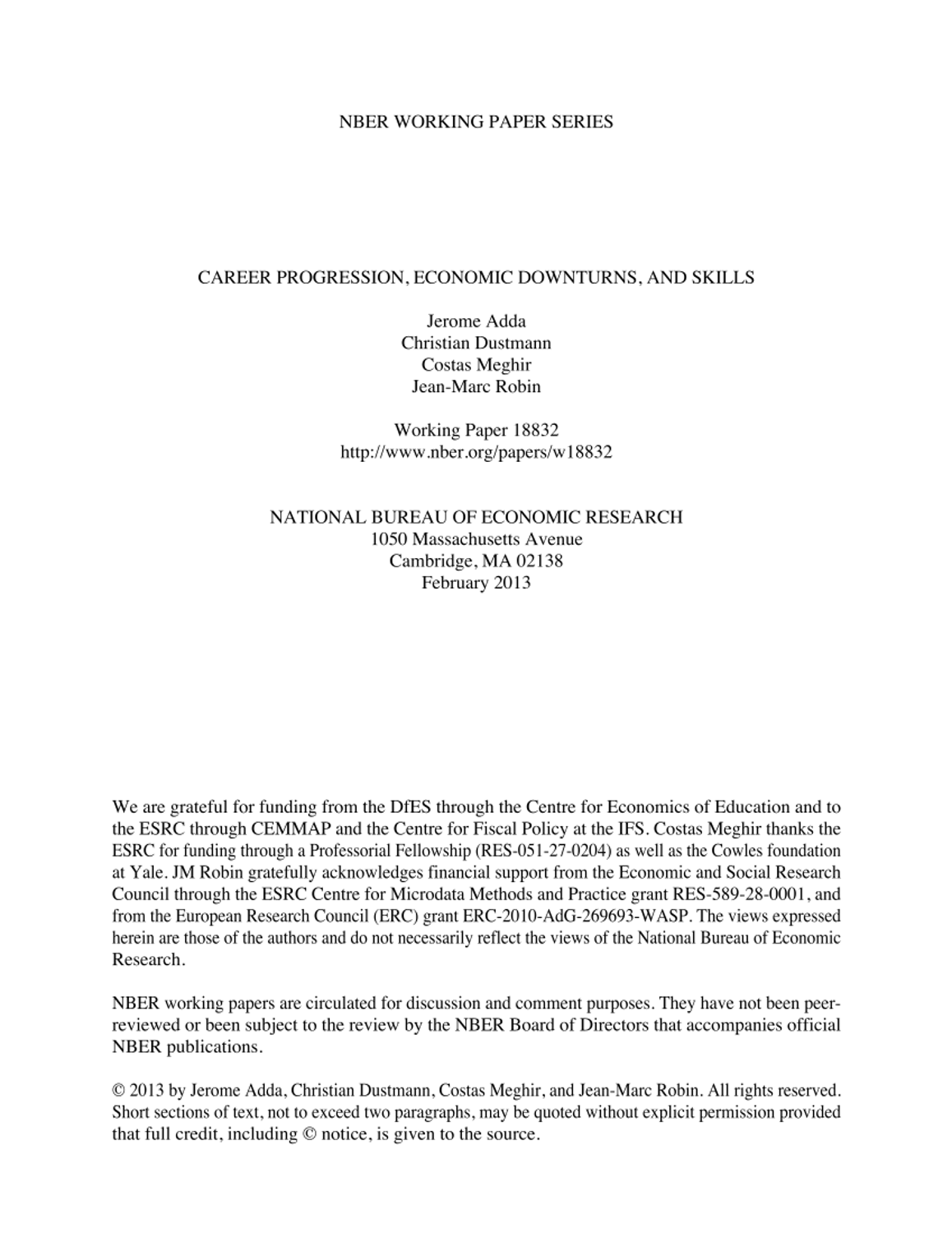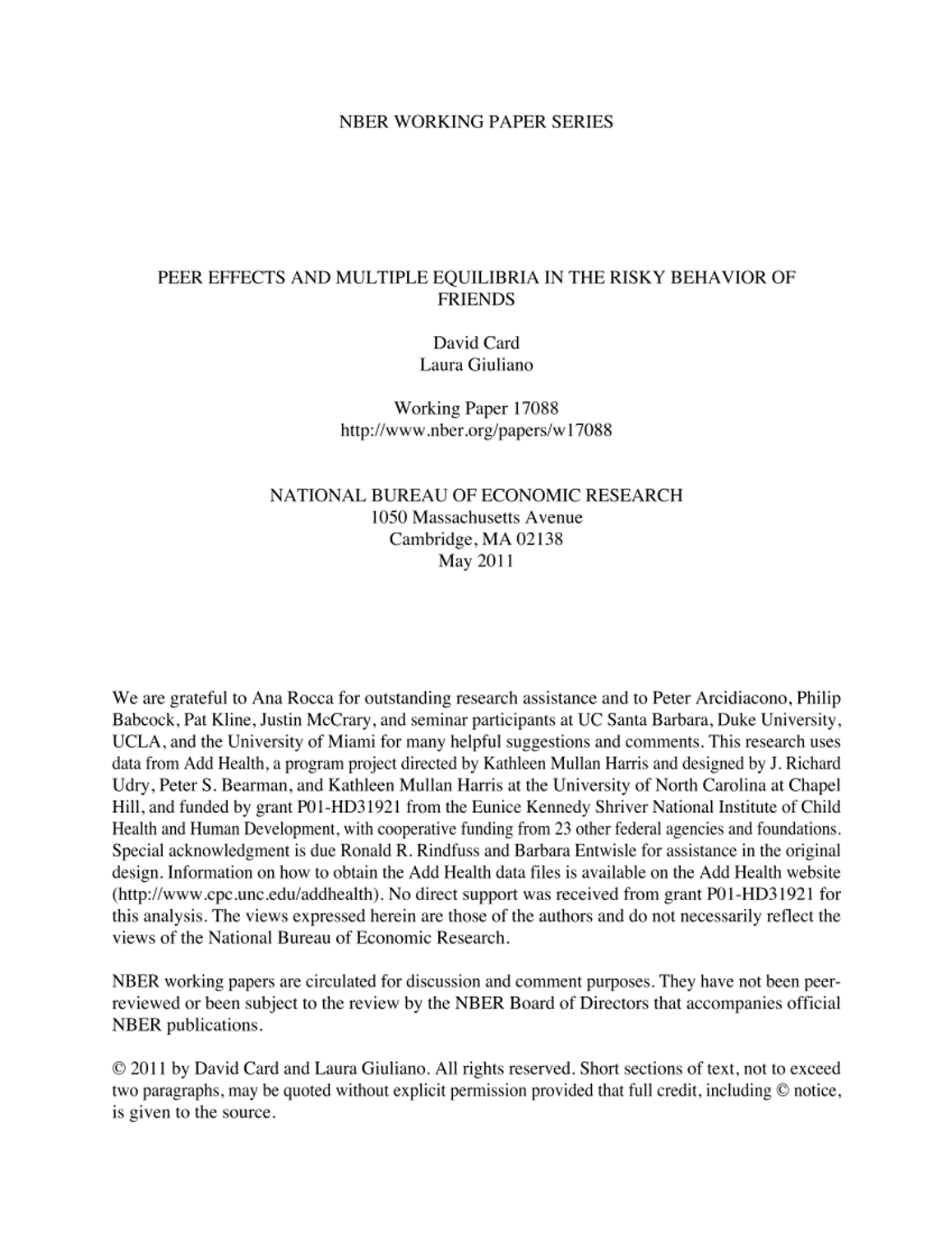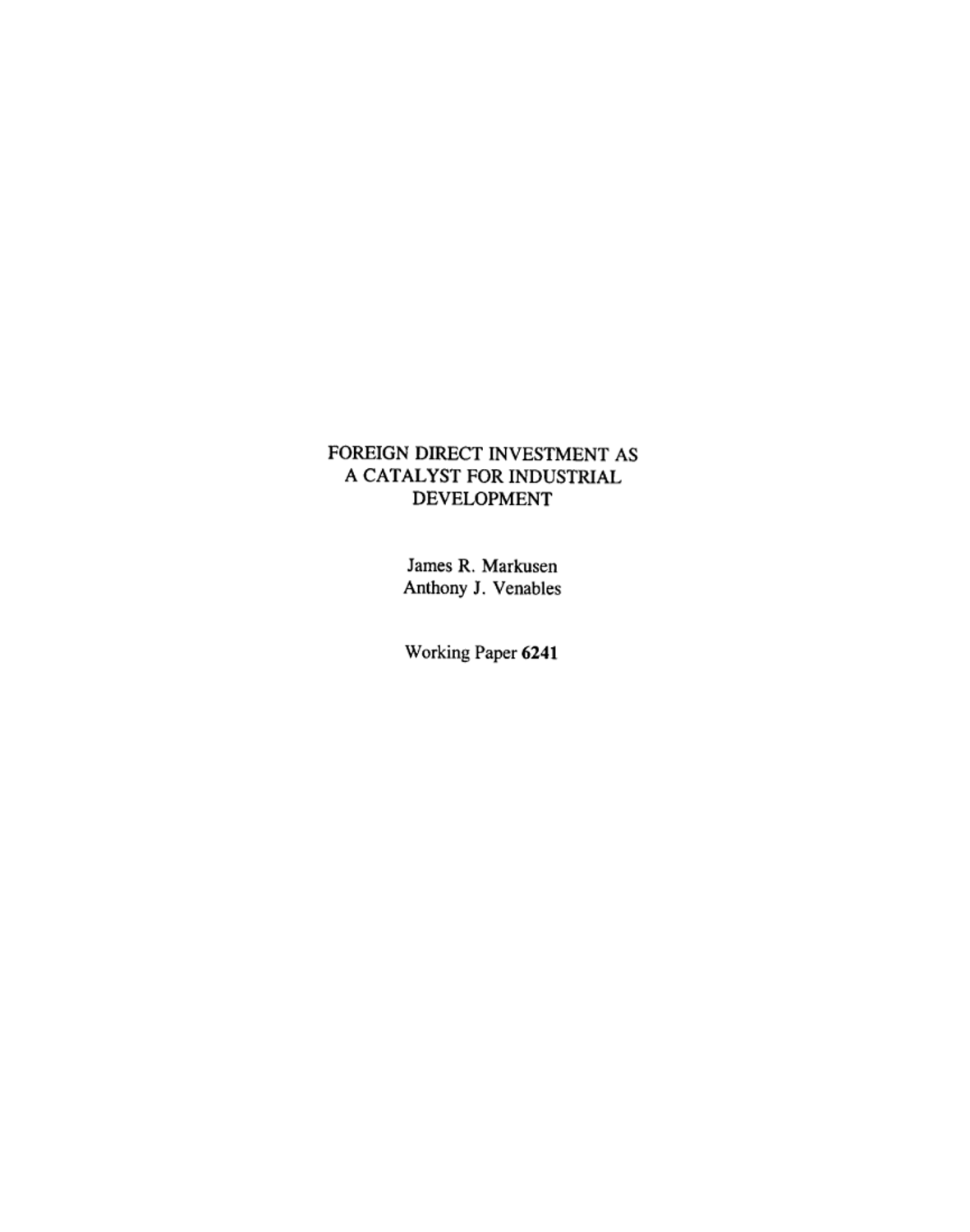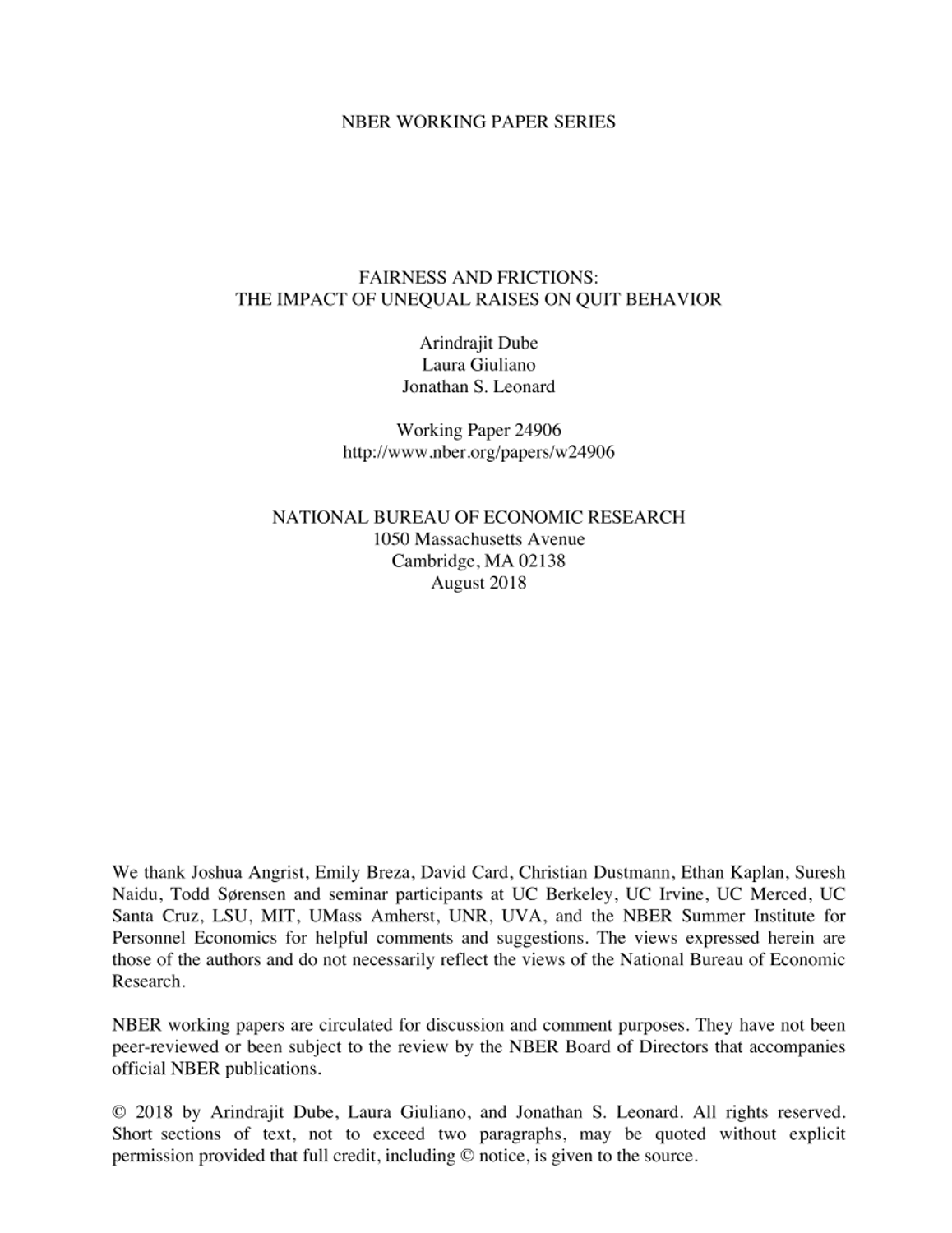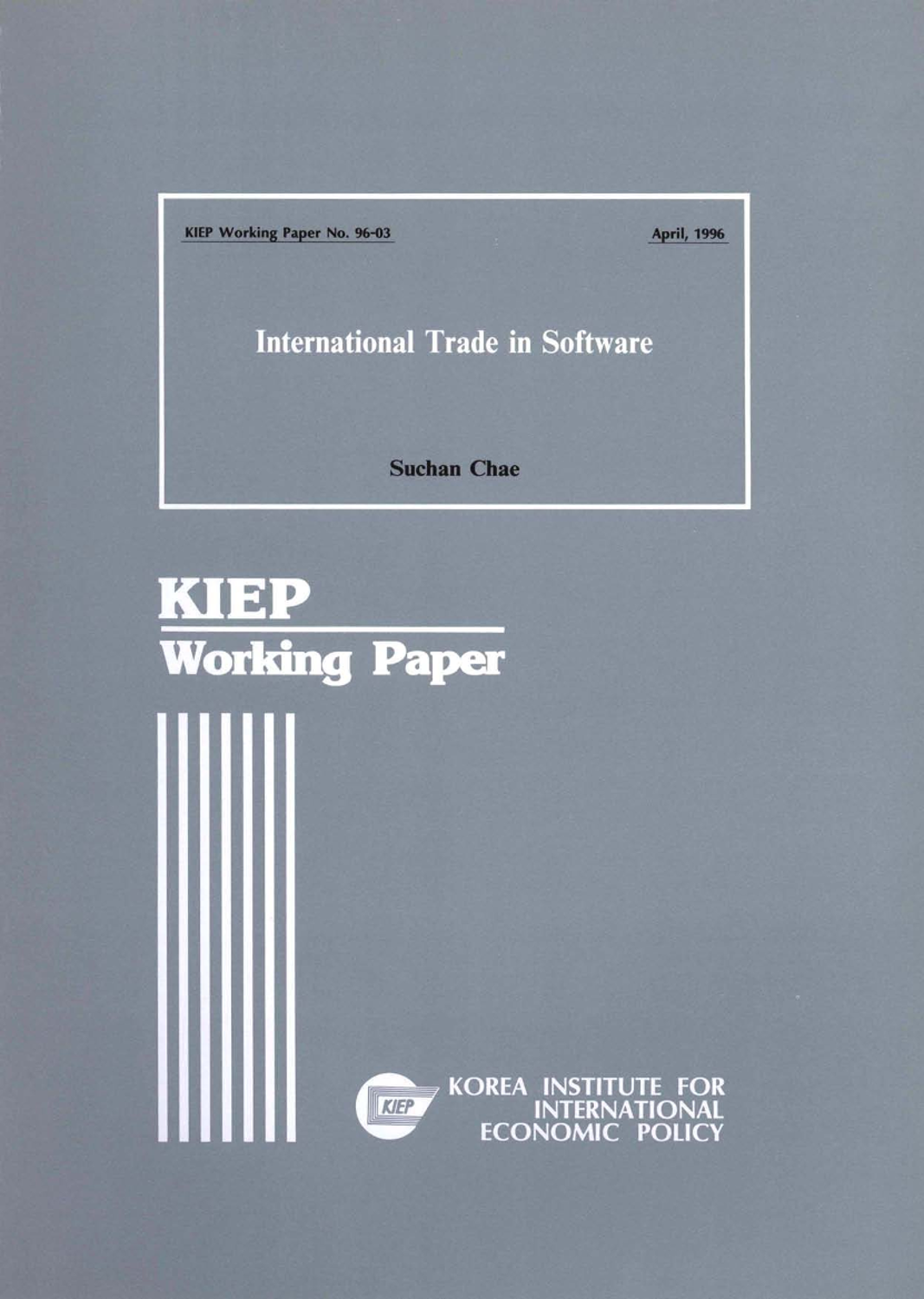연구보고서OECD Social, Employment and Migration Working Papers 114
International migrants in developed, emerging and developing countries: an extended profile
- 청구기호
- WP 114
- 발행사항
- France : OECD, 2010
- 형태사항
- 56 p. :. PDF file ;. 1,467 KB
- 키워드
- INTERNATIONAL MIGRATION, EMGRANTS, DIOC, EDUCATION, EMGRATION RATES, SKILLS, DEVELOPMENT, DIOC-E, MIGRANT STOCKS, DATABASE, IMMIGRANTS
- 바로가기
소장정보
| 위치 | 등록번호 | 청구기호 / 출력 | 상태 | 반납예정일 |
|---|---|---|---|---|
이용 가능 (1) | ||||
| E0001605 | 대출가능 | - | ||
이용 가능 (1)
- 등록번호
- E0001605
- 상태/반납예정일
- 대출가능
- -
- 위치/청구기호(출력)
책 소개
Increasing international mobility makes international comparable data even more important, to depict global migration patterns and its characteristics, not only in receiving countries but also in origin countries. This paper provides a detailed picture of immigrant and emigrant populations around the year 2000 based on the new global bilateral migration database DIOC-E. DIOC-E gives the opportunity to investigate various aspects of South-South migration and to make reliable comparisons with South-North migration. In particular, emigration rates for different skill levels can be computed, including many key destination countries outside the OECD area, based on more accurate education data in origin countries. This refines and challenges previous conclusions regarding the relative importance of migration in different regions of the world, main characteristics of emigrants, and sheds light on such key issues as the gender dimension of international migration and the selectivity of migration flows. DIOC-E (release 2.0) covers 89 destination countries, of which 61 are outside the OECD area. It includes information on 110 million migrants aged 15 and over by skill level, age, gender and labour market outcomes, which represents around 72% of the estimated number of international migrants worldwide. In total there are 46.8 million low-skilled migrants (43.6%), 37.5 million migrants with intermediate skill level (35%) and 23 million highly skilled migrants (21.5%). Although low-skilled migration still dominates in absolute terms both to the OECD and to non-OECD countries, emigration rates for highly skilled persons exceed total emigration rates in all regions, which reflect the selective nature of migration. The econometric analyses of bilateral determinants of migration of the high-skilled distinguish South-North and South-South migration. Regarding migration to OECD countries, the relationship between the emigration rate of the highly skilled and the income level of origin countries follows an inverted U-shape relationship. But this is not the case for migration to non-OECD countries. Both total and high-skilled emigration rates to non-OECD countries steadily increase as the level of income of the origin countries decreases.


